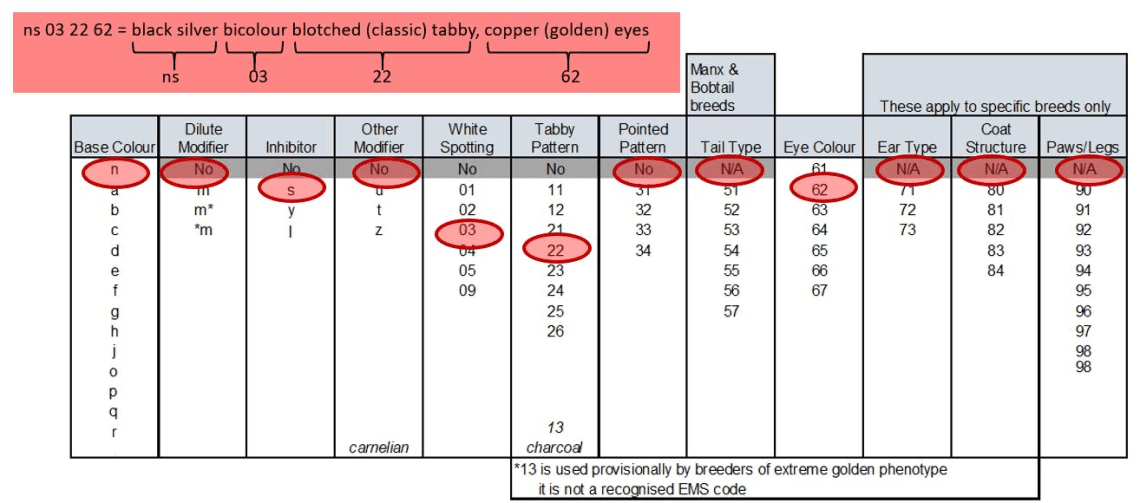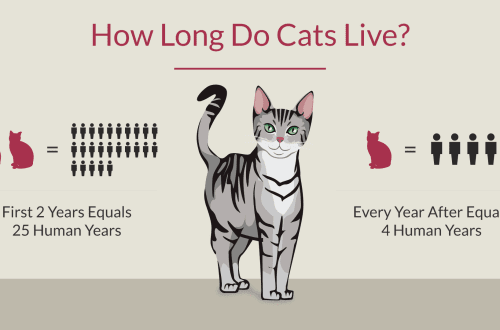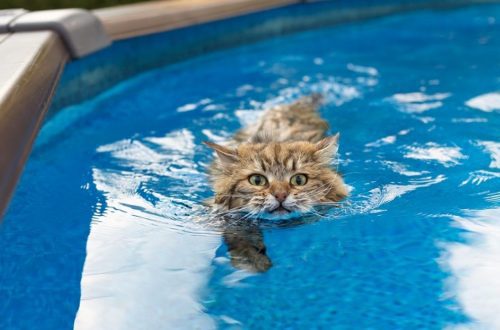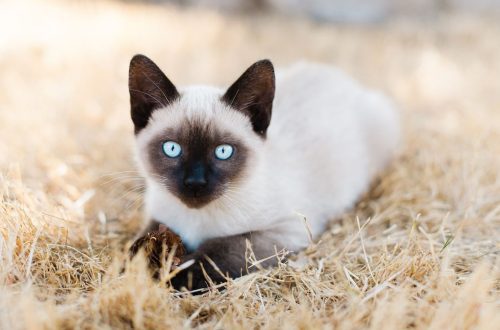
EMS: cat breed and color codes (WCF)
The World Cat Federation was founded in 1988 in Brazil, in the city of Rio de Janeiro. A little later, the headquarters was moved, and today it is located in the German city of Essen.
Representative office in Russia was established in 2002. Despite the fact that WCF holds numerous exhibitions in our country, it has no official registration.
At the moment, the World Felinological Federation unites more than 280 members – cat clubs. At the same time, she cooperates with other felinological associations, including the European federation FIFe (Federation Internationale Feline), the American associations TICA (The International Cat Association) and CFA (Cat Fanciers Association).
Contents
Classification of breeds and colors
To organize information about all available cat breeds and colors, an EMS (Easy mind system) was created – a special coding system. It combines cat breed codes and WCF cat color codes.
How to read breed codes?
In the WCF system, all breeds are divided into 4 categories: longhair, semi-longhair, shorthair and Siamese-oriental. In addition, domestic cats without a breed are separately distinguished – long-haired type and short-haired.
Each breed corresponds to a three-digit code – three capital letters. For example, GRX is the German Rex; Turkish Van – TUV, Don Sphynx – DSX, etc. And this is how breeds registered and recognized by WCF, as well as experimental breeds or those recognized by another friendly organization. A complete list of breeds can be found at . It is constantly being added to and changed.
How to read color codes?
The colors of WCF cats are also designated using letter codes. The main color is one lowercase Latin letter. For example, a – blue / blue, b – chocolate / chocolate, c – purple / lilac, d – red / red and so on. At the moment there are 16 of them. An unidentified color in a certain breed is indicated as x.
In addition to the main color, EMS cat color codes also imply the designation and number of white spots: from 01 – van (about 90% of wool is white) to 09 – small spotting. They are listed in descending order.
The next item that is indicated in the color is the drawing. It is also indicated with double digits: for example, 22 blotched (classic tabby) – marbled; 23 mackerel or tiger – brindle; 24 spotted – spotted; colorpoint – 33. And so on.
Other signs
In addition to color and breed, the EMS system also describes other properties of the cat’s exterior: ears, eye color and skin type.
The system distinguishes two types of ears: straight ones are indicated by the number 71, twisted – 72.
Hairless cats go under code 80.
Eye color
61 – blue / blue 62 – orange / orange 63 – odd eyed 64 – green / green 65 – golden / eye color of Burmese cats 66 – aquamarine / eye color of Tonkinese cats 67 – pointed blue eyed
Encryption examples
The color and breed code of a cat consists of all the listed codes and is an alphanumeric combination. For example, the code for a red striped Kurilian Bobtail would look like this: KBSd21. And the code for a seal-point Siamese cat is SIAn33.





